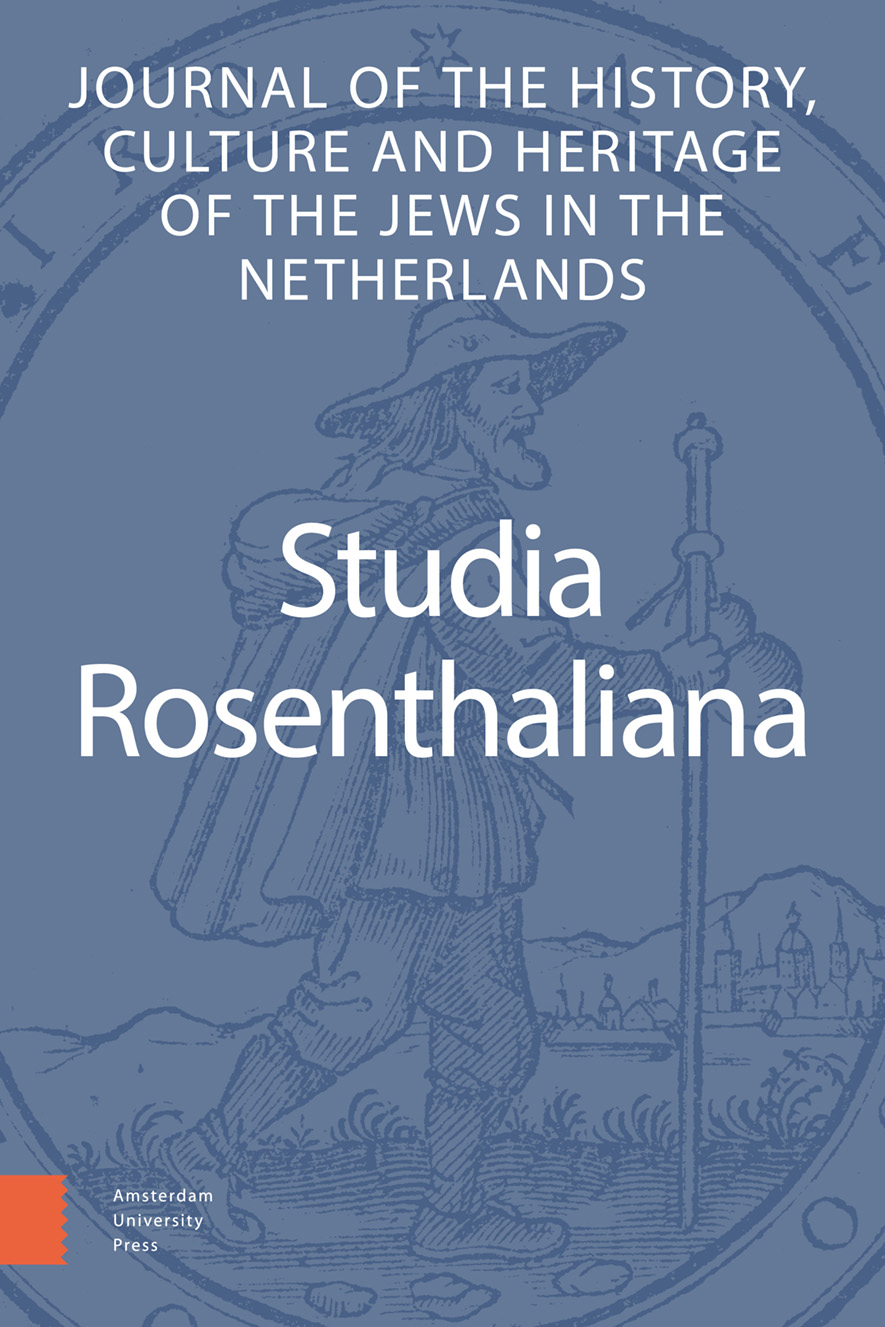-
oa An Occupation Without a Future. Peddlers of Jewish Amsterdam, 1873-1943
- Amsterdam University Press
- Source: Studia Rosenthaliana, Volume 49, Issue 2, Dec 2023, p. 195 - 215
-
- 01 Dec 2023
Abstract
This article examines the final seventy years of street trade in Jewish Amsterdam, from 1880 to the 1930s. It highlights the long-standing struggle of Amsterdam city officials to get a grip on an elusive phenomenon that was inextricably linked to public life for centuries, but increasingly clashed with the demands of modernity: ever since the Jewish street riots against the removal of peddlers in 1880, the social and administrative problems related to peddling kept reappearing on the political agenda. This was partly due to the elusiveness of the profession as well as political choices. It was only in the mid-1930s that the peddler’s question was, at least administratively, resolved by Salomon de Miranda, a socialist alderman and a Jew. In his struggle to elevate all proletarians, he made no distinction between the disadvantaged Jewish population and others. De Miranda had hoped the problematic peddling business would gradually ‘die out’ because of official regulation. During the German occupation a few years later, business in Jewish Amsterdam indeed came to an end, abruptly and definitively.


